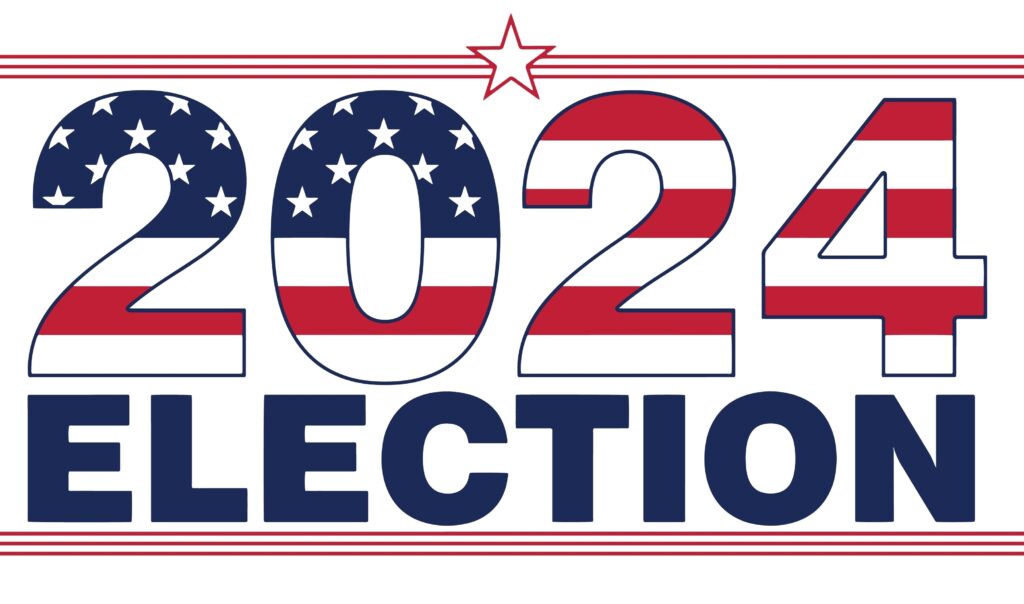The path to keeping a Democratic Senate majority in 2024 just became a lot more clear

Even as we work to get President Joe Biden reelected in November, it’s equally crucial to make sure that he has a Democratic Congress to work with. The House and Senate majorities always come down solely to a handful of super-competitive races that are likely to be decided by just a point or two in either direction.
The tricky part up to now is that while these House and Senate races are easily identifiable, they don’t all have Democratic nominees yet, because states hold their primaries at widely different times. It’s easy enough to get behind the incumbent Democrats who are running in highly competitive House races (full list here), but it’s harder to get involved in competitive House races where there’s no Democratic incumbent and we’re still waiting for a nominee. That’ll come soon enough.
In the meantime the Senate landscape just got a lot clearer, thanks to primary elections in two states. First, the bad news. Republicans in West Virginia just elected popular Governor Jim Justice as their nominee for the Senate seat being vacated by retiring Democrat Joe Manchin. This means the Republicans will easily win the Senate race in West Virginia. I wish that weren’t the case, but it is.
In far better news, the contentious Democratic primary race for Senate in Maryland has ended, and we now have a nominee: Angela Alsobrooks. This is a Senate race where the Democrats have the edge, but we’ll need to get behind Alsobrooks in order to make sure she prevails over Republican nominee Larry Hogan.
There’s still a lot of pundit buzz about how the Democrats are doomed in the Senate in 2024, but the numbers say something different. The hardest part for the Democrats is that they’ll have to win all four of the super-competitive “toss up” Senate races: Arizona, Montana, Nevada, and Ohio. But if the Democrats win those four toss-ups, while also winning the “Lean Democrat” and “Likely Democrat” races, that will give the Democrats fifty Senate seats. If Biden wins reelection, that will be a de facto majority – and it will be a majority that doesn’t depend on Manchin or Sinema.
The worse news for the Democrats is that they don’t have any mathematically realistic “flip” opportunities in the Senate. The closest are Florida and Texas, but as of now those are both severe long shots (both classified as “Likely Republican” by Cook Political Report).
For the Democrats, the key to retaining the Senate majority in 2024 is to simply defend the seats that they already have. The seat in West Virginia is a goner, but that still leaves a clear path to keeping a fifty seat majority. The Democrats’ Senate hopes in November will come down to these four states, so drill them into your head: Arizona, Montana, Nevada, and Ohio.
Now pick one or more of these four “toss up” races and get involved:
Arizona, Ruben Gallego • Campaign website • Donate • Volunteer • Twitter
Montana, Jon Tester • Campaign website • Donate • Volunteer • Twitter
Nevada, Jacky Rosen • Campaign website • Donate • Volunteer • Twitter
Ohio, Sherrod Brown • Campaign website • Donate • Volunteer • Twitter
